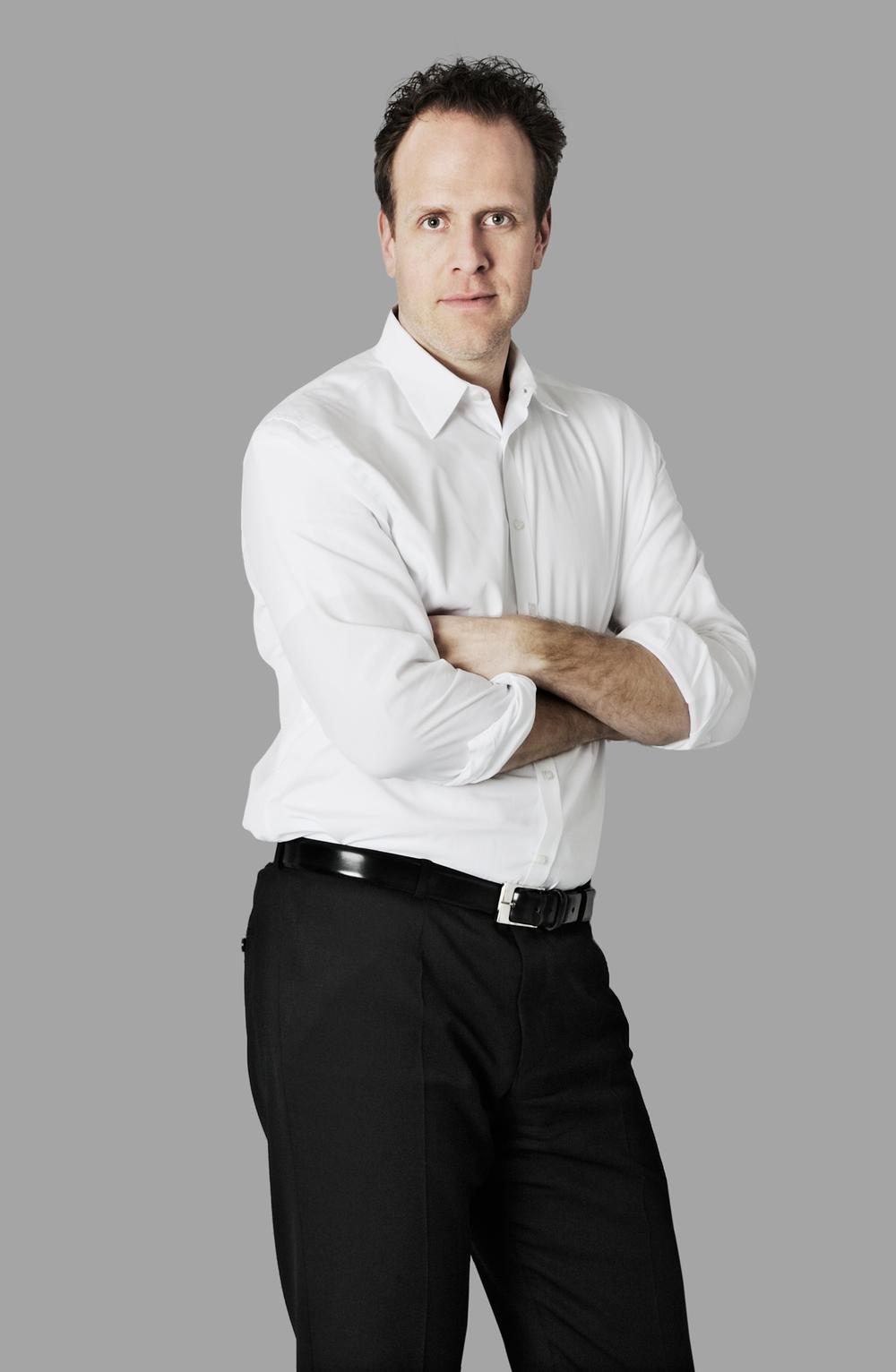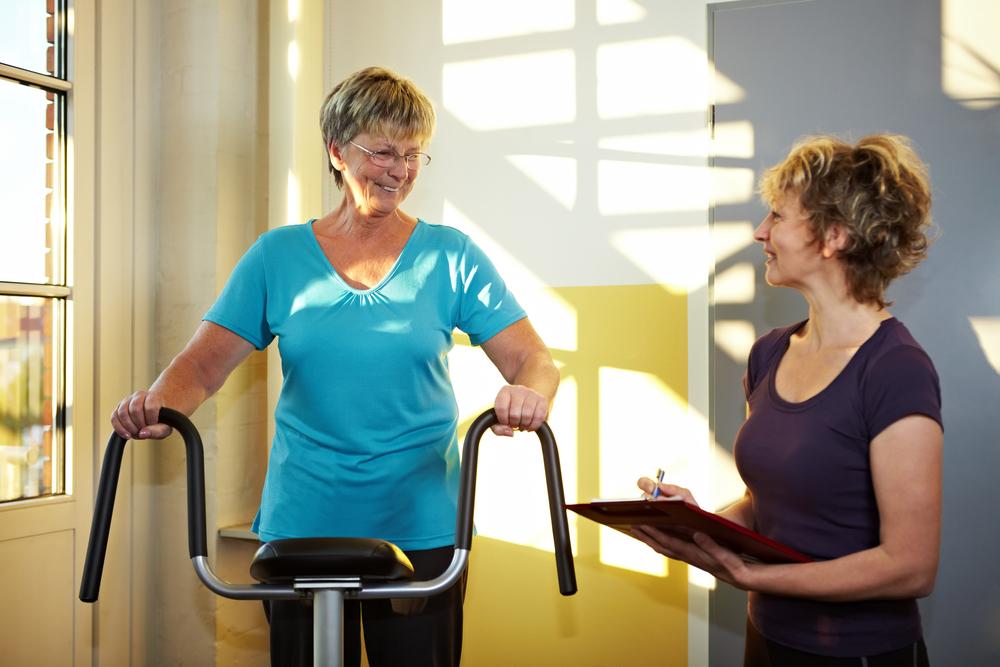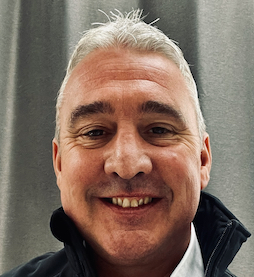The IHRSA European Congress features presentations delivered by executives from inside and outside the health club industry, providing thought-provoking commentary on trends shaping business and the fitness industry.
Alongside the seminar programme, a series of networking events, focus group discussions and evening and lunch receptions provide the opportunity to build relationships with colleagues from across Europe.
On page 26, we offer an overview of the event schedule, picking out some of this year’s highlights. But first, Jon Feld speaks to Magnus Lindkvist, the trendspotter and futurologist who will speak at the Congress on Friday 18 October.
Magnus Lindkvist
Trendspotter and futurologist Magnus Lindkvist believes a willingness to fail ultimately leads to success. On Friday 18 October, he will present ‘When The Future Begins: Trendspotting, Future-Thinking & the Attack of the Unexpected’.
Q What’s a futurologist?
It’s someone who tries to figure out what the future holds and how we can create it.
Q What is trendspotting, and how might businesses put it to use?
The word ‘trend’ meant ‘to turn’ in ancient Norse. When we trendspot, we’re looking for turning points in the currents of society.
If you want to trendspot, you should: overhaul your information diet (how do you feed your brain today and what do you need to replace in that list?); strive to be provoked by a new idea, person or concept once a week; and travel extensively (it’s cheaper than it’s ever been, so no excuses, please). You should always have some slack space in the calendar for reflection.
Q When a company uses your services, what does it expect you to deliver?
Some kind of X-factor. They might be on top of the business logic but not the business magic, so they ask me to deliver that. If it’s a conference, there’s always a speech by the CEO, then the middle managers, possibly an outlook by a chief economist from a bank. But then we need something to broaden the mind, see new possibilities. That’s where I come in.
QDo companies fail if they’re unable to spot or respond to trends?
No company ever failed due to a lack of information. What happens instead is that success makes you smug and lazy, and you believe you’re immune to changes in the environment. Laura Ashley is a good example. It sold the English cottage dream to the masses in the 1980s. When it saw minimalism rising on the horizon, it believed it didn’t suit its style or brand and chose to ignore it. Five years later, the company was nearly bankrupt. In management theory, this is known as ‘active inertia’: you’re inert or passive because you’ve chosen to be, not because you are clueless.
Q The fitness industry has recently seen the emergence of many new offerings – budget clubs, for example, and low-equipment offerings such as CrossFit. How can companies anticipate and respond to disruptions like these?
Disruption is remarkably simple to anticipate. Whenever something comes along that you think is inferior in terms of quality, customer offering or similar, that’s when you should worry. The serious competitors always come from below – from cheaper, inferior little siblings, not from the competitors you deemed worthy. In other words, be open to the kinds of players that provoke you.
Q You believe it’s the invisible trends that have the greatest impact on our lives and society. Can you think of an invisible trend that might be impacting the fitness industry?
Absolutely: the fact that our lives have been getting eight minutes longer per day for the past century. The first person who will reach 200 years of age has already been born. This is partly thanks to the health and fitness industry, but it will also present the industry with new opportunities – and challenges.
Q What do you feel are the key trends affecting the fitness and health industry at the moment?
In no particular order, I see the main trends affecting the fitness and health industry as: ageing and age group blurring; the blurring of industry boundaries (ie how do you strictly define a fitness club, a spa, a hotel, a membership club today?); and the start-up revolution. Millions of young people are growing up with no job security and an abundance of cheap technology. There’s a tsunami of competitors, imitators and ‘frenemies’ on the horizon.
Q How can club operators put those insights to use?
One word: experimentation. Try, fail, learn, recycle failure, try again. Make the failures cheap. Never use the word ‘success’. Constantly find new metrics to see the weaknesses and failures of your organisation.
Q You’ve observed an evolution towards transparency, simplicity, user-friendliness and more power to the individual – all of which means that businesses must simplify their processes. How might that work in the health and fitness industry?
Treo – the manufacturer of the Palm Pilot, a predecessor to the iPhone – used to have a ‘three-tap officer’ on its payroll to ensure that no command on the Palm Pilot should take more than three taps. Club operators should assign a service design director who has a similarly simple metric – “no-one should ever wait more than X seconds to be served” – and then continuously go through the experience of the club to improve, shave off time and complexity, and add more enjoyment.
Q Is there anything about the fitness industry that, in your opinion, doesn’t seem to work?
Too many clubs have lazy membership schemes where a monthly flat rate is charged, meaning there’s no yield management – for example, the queues at gyms after New Year are horrendous – and no price differential for different experiences. Similarly, there’s little upgrading and/or cross-fertilisation with other lifestyle brands that might interest members – eg if I go to gym X, I might also want to be a member of club Y, exclusive scheme Z, and so on.
Q Can you offer a brief preview of your IHRSA presentation?
I will take attendees on a time-travelling journey from the distant past, to the many contradictions of the present tense – or the ‘tense present’ as it’s sometimes called – to the possibilities of the future and how we can create it.


























































